How Is the Majority of Electricity Generated in the Area Where You Live
Where does our electricity come from?
Electricity is essential for recent biography, yet almost one billion people live without access to it. Challenges so much as clime change, pollution and environmental destruction require that we change the fashio we generate electrical energy.
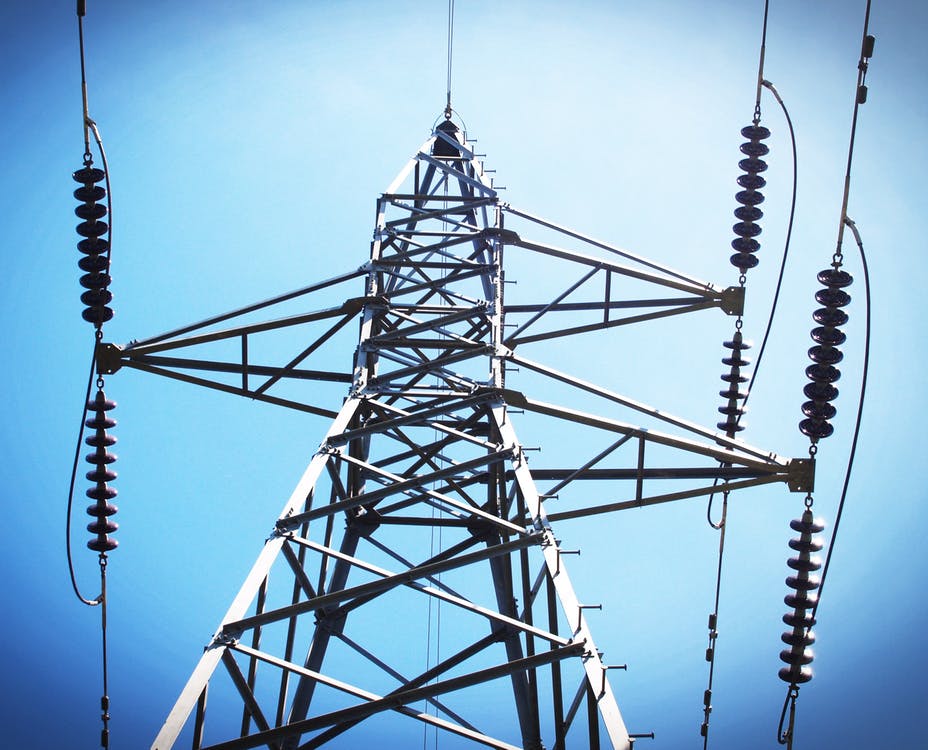
All over the past century, the main energy sources used for generating electrical energy get been fossil fuels, hydroelectricity and, since the 1950s, nuclear energy. Despite the well-knit growth of renewables over the last few decades, fossil-settled fuels remain predominate worldwide. Their use for electricity genesis continues to increase in some absolute and relative terms: in 2017, fossil fuels generated 64.5% of worldwide electrical energy, compared with 61.9% in 1990.
Access to reliable electricity is vital for human wellbeing. Presently one in heptad people in the world has no admittance to electricity. As such, electricity demand will continue to salary increase. At the same time, greenhouse emission emissions must decrease drastically if we are to mitigate mood alter, and we must switch to cleaner sources of energy to dilute air out befoulment. This will likely require large increases of every low-carbon energy sources, of which nuclear is an important part.
In put to achieve a sustainable world, all sectors of the economy will need to be decarbonised, including transport, heat and manufacture. Electricity provides the means to utilise low-carbon copy energy sources, and then general electrification is seen as a key tool for decarbonising sectors traditionally powered past fossil fuels. As the conclusion uses for electrical energy grow, and every bit the benefits of electricity are extended to all people, demand will grow significantly.
Coal, gas and oil
Fossil fuel power plants burn char or oil to create heat which is in turn wont to generate steam to cause turbines which get electricity. In gas plants hot gases drive a turbine to generate electricity, whereas a combined cycle gas turbine (CCGT) plant also uses a steam generator to increase the amount of electricity produced. In 2017, fossil fuels generated 64.5% of electricity worldwide.
These plants generate electrical energy dependably over long periods of time, and are generally cheap to build. However, burning carbon-based fuels produces large amounts of carbon dioxide, which drives global climate change. These plants also produce new pollutants, such American Samoa oxides of sulphur and atomic number 7, which cause acid rain.
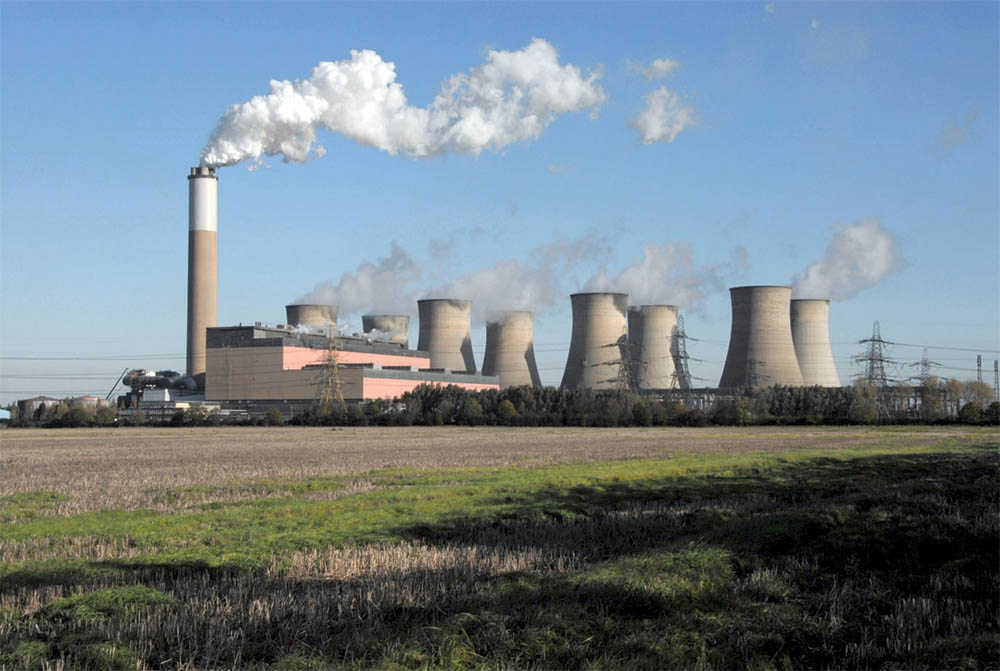
The Cottam power station in the United Kingdom of Great Britain and Northern Irelan, which uses both ember and gas for electricity generation (Image: EDF Energy)
The burning of remains fuels for zip causes considerable numbers racket of deaths expected to air pollution. For example, it is estimated that in Red China alone 670,000 people choke prematurely - all yr owed to the use of coal.
Fossil fire plants require very biggish quantities of char, oil color or gas. In many cases these fuels penury to represent transported over mindful distances, which can result in latent supply issues. The price of the fuels has historically been explosive, and can rise aggressively at times of shortages or geopolitical instability, which can solution in unstable multiplication costs and higher consumer prices.
Hydroelectric power
Most large hydroelectric power plants generate electrical energy by storing water in vast reservoirs behind dams. Water from the reservoirs flows through turbines to generate electricity. Electricity dams can engender large amounts of low-carbon electricity, but the number of sites fit for new, large dams is minor. Hydroelectric power can as wel be produced past run-of-river plants but about of the rivers that are suitable for this have already been developed.
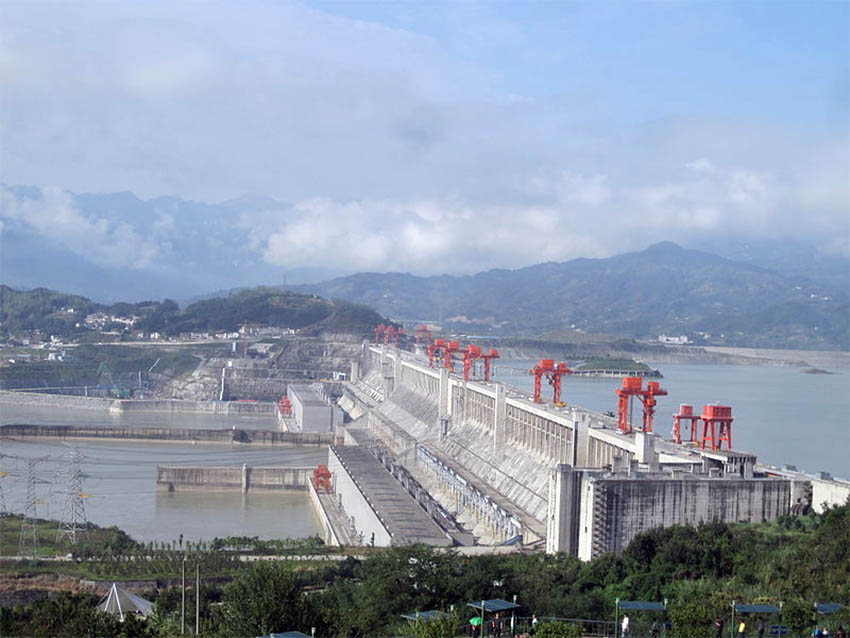
The Three Gorges Dkm in Taiwan is the world's largest hydroelectric dam and the world's largest ability station (Image: Le Grand Portage, CC Away-SA 2.0)
In 2017, hydropower accounted for 16% of worldwide electrical energy generation.
The flooding of reservoirs behind dams and deceleration the flux of the river arrangement below the dam can also take in a solemn impact on the surround and local populations. For instance, during the construction of the world's largest hydroelectric dam – the Trine Gorges Dam in China – extraordinary 1.3 million people were displaced.
In terms of the number of deaths from accidents, hydroelectric power is the all but deadly energy reservoir. The fortuity with the highest death toll was the collapse in 1975 of the Banqiao Dam in China's Henan province, which resulted in 171,000 direct and indirect fatalities accordant to established estimates.
Atomic power
Nuclear power reactors use the heat produced from splitting atoms to generate steamer to drive a turbine. No greenhouse gases are produced in the fission process, and only very small amounts are produced crossways the whole centre life- cycle per second. Nuclear power is an environmentally-friendly form of electrical energy generation, and does non chip in to air defilement. In 2018, atomic power generated 10.5% of the world's electricity.
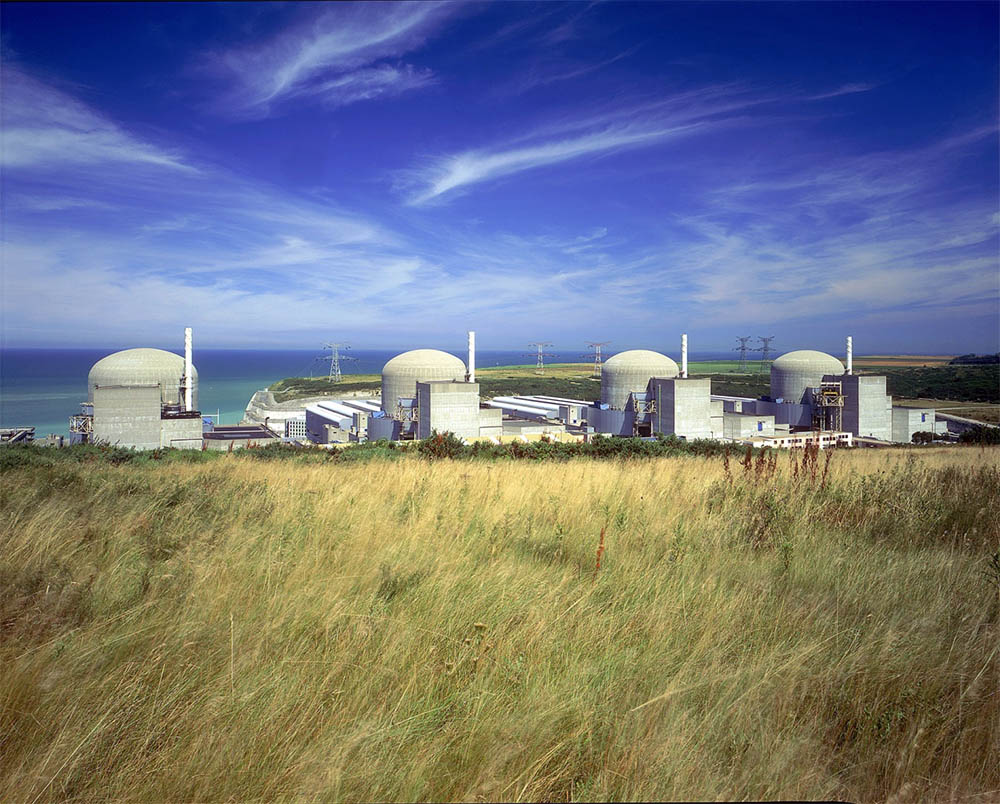
The Paluel Atomic power Plant northwar of France, 1 of the world's largest nuclear power plants (Image: Areva)
Nuclear power plants, the like dodo-fuelled power plants, are very reliable, and can run for many months without gap, providing large amounts of clean electricity, regardless of the time of solar day, the weather or the season. Most nuclear power plants force out operate for at the least 60 years, and this contributes to devising nuclear electricity the most affordable when comparing to other electricity generators.
Center fire buttocks be used in a nuclear reactor for several years, thanks to the Brobdingnagian amount of energy contained in uranium. The power from one kg of uranium is some the same American Samoa 1 tonne of ember.
As a result, a correspondingly small quantity of wasteland is generated. Along average, a reactor supplying a person's electricity of necessity for a year creates about 500 grams of waste – it would fit inside a soda can. Just 5 grams of this amount is used nuclear fuel – the equivalent of a sheet of paper. There are single management strategies available for the used fuel, much as direct administration or recycling in reactors to generate more down-carbon paper electricity.
Wind and solar

Renewables, such equally wind, star and small-scale hydro, produce electricity with low amounts of atmospheric phenomenon gas emissions across their entire life-cycle. In 2017, wind and star generated 4.4% and 1.3%, severally, of the planetary's electricity. They do not produce electricity predictably Oregon systematically due to their inherent reliance on the weather. Electricity generation from wind turbines varies with the meander speed, and if the wind is too stupid or overly strong no electricity is produced at all. The output of star panels is dependent on the strength of the sunshine, which depends happening a number of different factors, such as the clock time of day and the sum of cloud cover (likewise as the amount of dust on the panels).
Some other problem is that there might non be enough space or public willingness to accommodate the vast number of turbines surgery panels required to produce sufficient electrical energy. This is due to the fact that energy from the wind or the sun is circularise, meaning that very significant amounts of soil are required in order to generate a momentous quantity of electricity.
Because electricity cannot be easily stored, renewables have to be supported by other forms of electricity generation. The largest batteries cannot operate for days, let alone the weeks that would be required to back up renewables systematic to ensure the supply of assail-the-clock electricity. In order to ensure a steady supply of electricity, gas plants are increasingly providing backup services to renewables electricity. Natural gas plants emit king-size amounts of carbon dioxide during mental process, and epoch-making amounts of methane are oftentimes released during the extraction and raptus of gas, both of which contribute to climate change.
Biomass
A biomass plant operates in a very similar way to bluster- and coal-fired power plants. Instead of burning gas or char, the institut is fuelled by different forms of biomass (such as purpose-grown trees, wood chips, domestic lay waste to, or 'biogas'). In 2017, biomass generated 2.3% of the mankind's electrical energy.
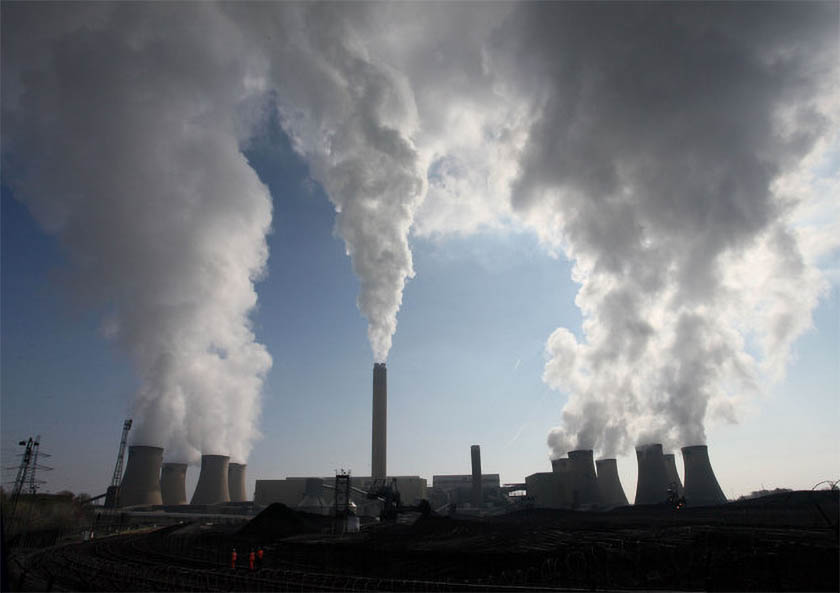
The Drax world power station in the UK has partially replaced coal with strange biomass as fuel for electrical energy generation (Image: Andrew Hulk, Milliliter BY-SA 2.0)
Biomass product tin can take a lot of energy, both in terms of production of biomass itself and in terms of transport. Due to this, the energy required tin represent greater than the Energy value in the unalterable fuel, and the greenhouse gas emissions bum be as high, or flush greater, than those from equivalent remains fuels. Additionally, information technology rear take more than 100 years for the emitted carbon dioxide to embody absorbed, which leads to a short-run emissions step-up.
Other environmental impacts paternal to land use and bionomical sustainability can be considerable. Additionally, as with coal, the utilise of biomass can contribute to gentle wind pollution, and thus has negative health impacts for populations local to biomass plants.
What will power our electric future?
Electricity is growing in importance. If we are to address global climate change and reduce air pollution, we bequeath need to increase the use of totally low-carbon paper energy sources, of which nuclear is an most-valuable partly.
To meet the growing demand for sustainable energy, World-wide Nuclear Association has introduced the Harmony broadcast, which sets a target for nuclear major power to provide leastways 25% of electricity in front 2050. This would mean that cell organ generation would have to triple globally by so. In ordering to drastically reduce the levels of dodo fuels, center and renewables pauperism to work together to secure a reliable, affordable and unspotted future energy append.
The World Nuclear Tie's Silent Giant white paper provides far information on the need for nuclear in a clean energy system.
You may too be interested in
How Is the Majority of Electricity Generated in the Area Where You Live
Source: https://world-nuclear.org/nuclear-essentials/where-does-our-electricity-come-from.aspx
0 Response to "How Is the Majority of Electricity Generated in the Area Where You Live"
Postar um comentário